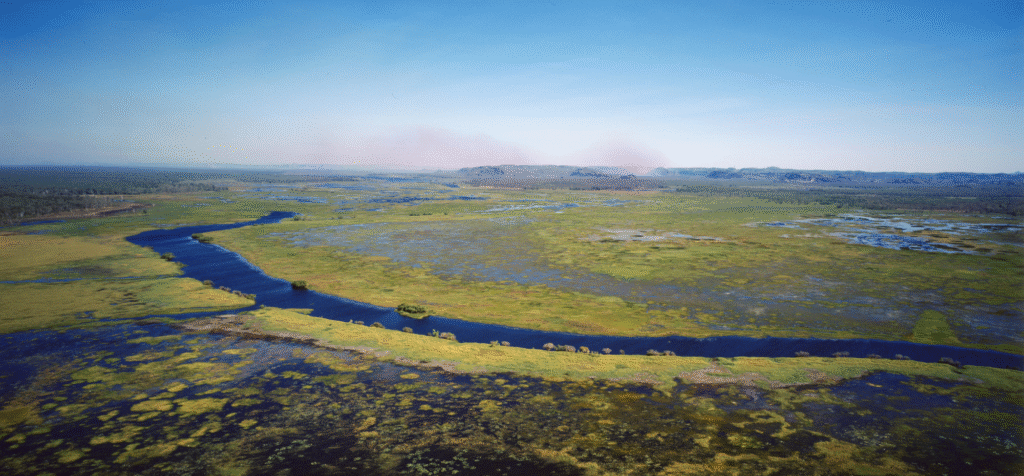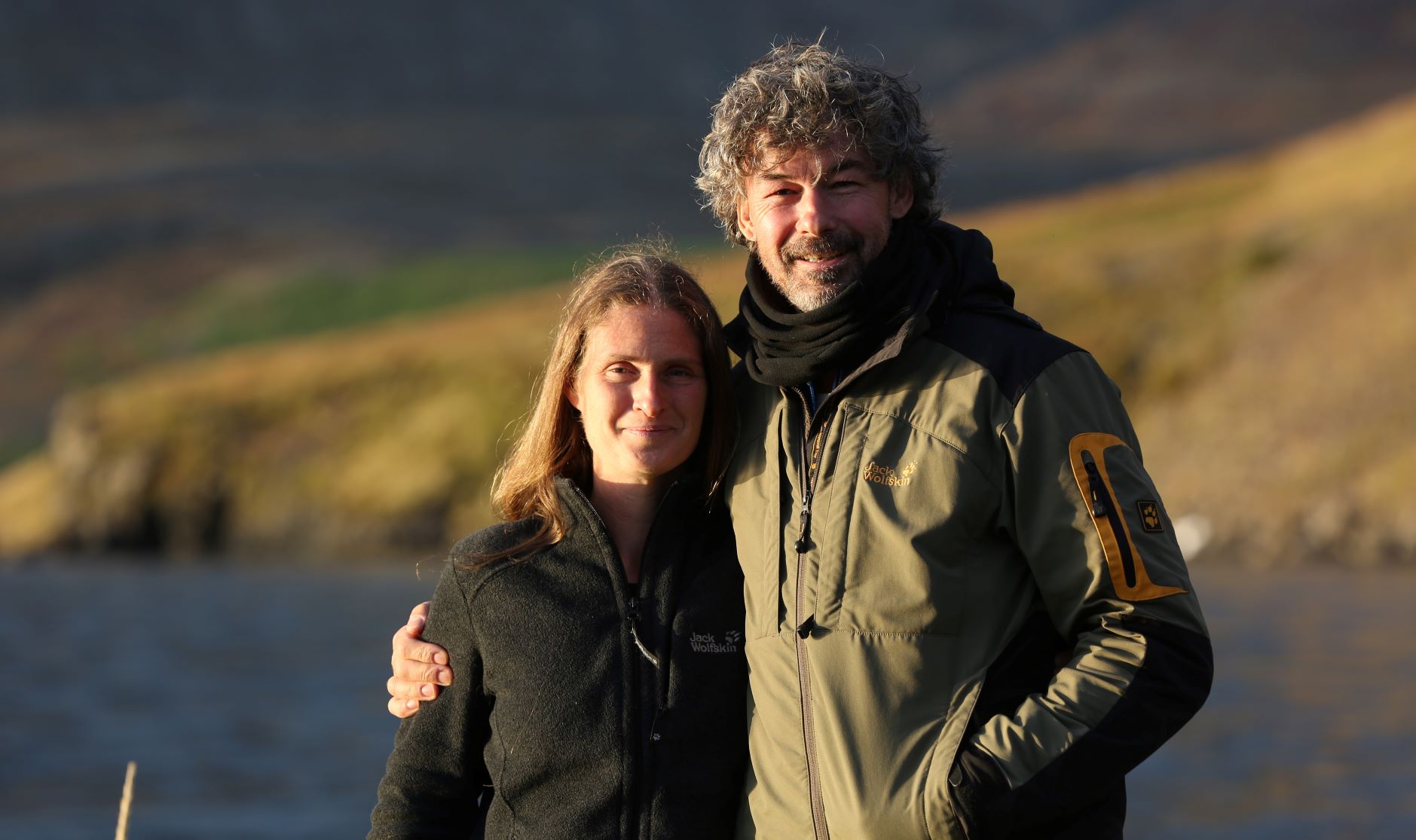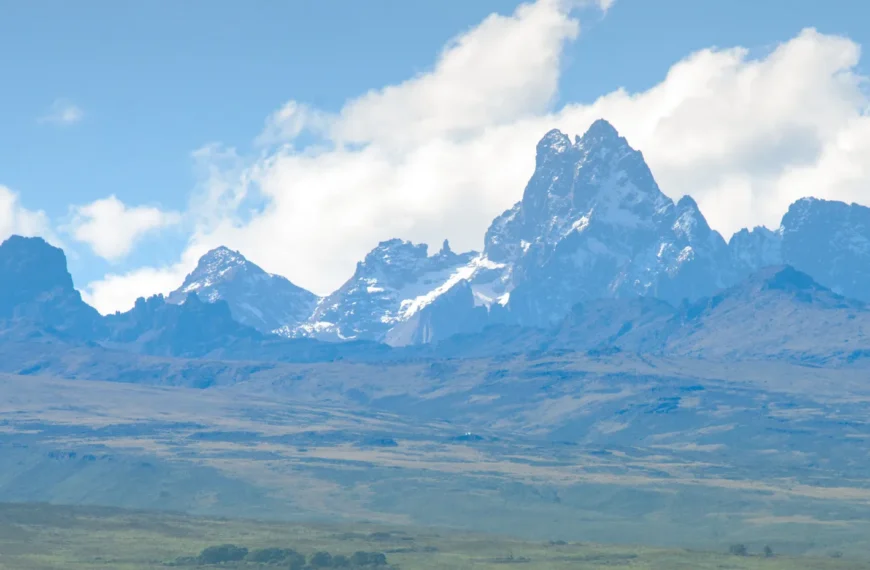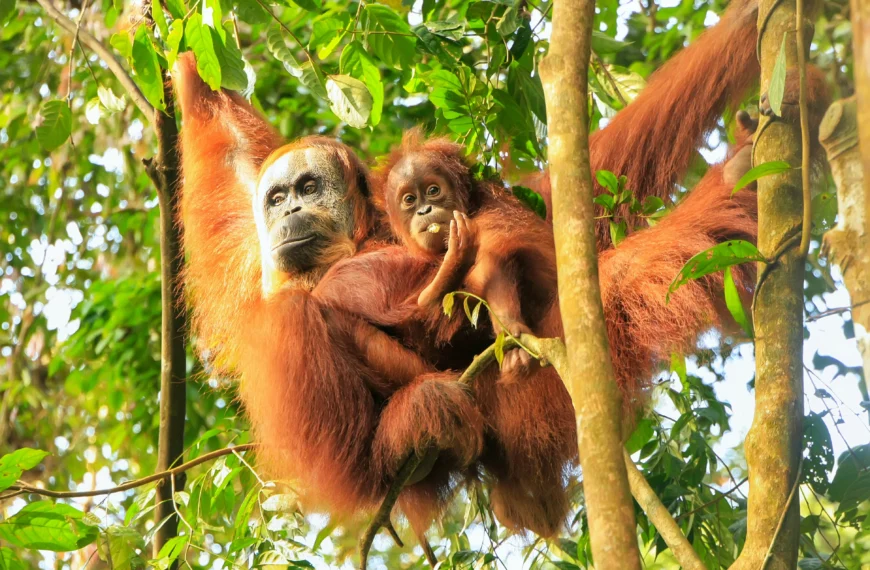The Pantanal, the world’s largest tropical wetland, stretches across South America like a living mosaic of rivers, forests, and floodplains. It’s an untamed sanctuary of life.
While the Amazon rainforest often claims the spotlight, the Pantanal wetlands are a must-see when venturing to this part of the world.
Stretching across Brazil, Bolivia, and Paraguay, it is one of Earth’s most biologically diverse places. Home to more than 4,700 species of plants and animals, there is no end to the adventures you can have here.
As you explore this verdant paradise, you’ll be captivated by the sounds and sights that define the Pantanal wetlands as one of the planet’s most beautifully preserved and unique ecosystems.
Where is the Pantanal?
The Pantanal wetlands are located in South America and primarily span Brazil’s Mato Grosso do Sul and Mato Grosso states, with smaller sections spilling into southeast Bolivia and northeast Paraguay.
Covering more than 160,000 sq km, this awe-inspiring mosaic of grasslands, marshes, rivers, and floodplains invites you to lose yourself in its tranquil embrace. Here, you’ll experience a nature-filled adventure like nowhere else on Earth.
Best Time to Visit the Pantanal
Being a tropical wetland, the Pantanal has both a wet and a dry season.
The most popular time to visit is during the dry season between May and October. At this time, the receding waters reveal a tapestry of oxbow lakes, interconnected channels, and tributaries, creating the perfect stage for viewing wildlife.
As the animals muster around the remaining giant lily pad-filled lakes, you’ll have the chance to witness unforgettable nature scenes up close.
The wet season transforms the Pantanal into a lush, water-filled wonderland from November to April, offering a different yet equally captivating perspective. The landscape provides a backdrop for stunning wildlife photography and unrivalled bird-watching opportunities.
Wildlife in the Pantanal Wetlands
Life thrives in the Pantanal with unfiltered brilliance. Capybaras gather at the riverbanks, their stillness broken only by the flick of an ear, while jaguars, elusive and regal, prowl through their territory with confident grace.
Every sighting feels like a gift when nature is at its most vibrant and raw.
Pantanal’s Big Five
While the ‘Big Five’ usually refers to the vast plains of Africa, Brazil has its very own quintet of iconic animals, all of which can be found right here in the Pantanal: the jaguar, the giant otter, the Brazilian tapir, the giant anteater, and the maned wolf.
Of course, a visit to this extraordinary region wouldn’t be complete without glimpsing a jaguar in the wild. With an estimated population of around 5,000, the Pantanal offers one of the best opportunities to spot these majestic felines.
Along with this bucket-list wildlife encounter, many other Pantanal animals will delight you during your trip. From howler monkeys and bright-beaked toucans in the treetops to caimans and giant otters gliding through the waters, you can spot plenty of Pantanal animals on a thrilling safari into the very heart of these wetlands.
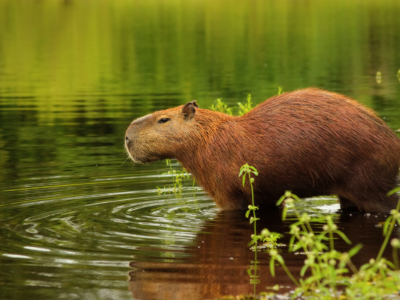
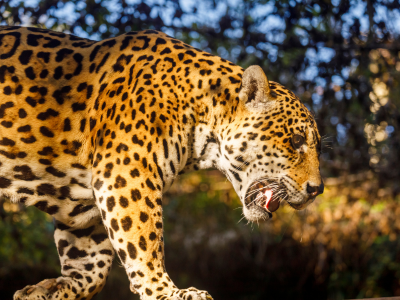
Exploring the Pantanal
There are many ways to explore this captivating region and no shortage of activities to take part in, which makes it the perfect destination for solo travellers, couples, and families alike.
Activities in the Pantanal wetlands focus on its spectacular beauty. Since cattle ranchers own over 90% of the Pantanal, experiencing the cowboy way of life is integral to any visit. Exploring the region on horseback gives you an authentic lens into its heritage. Saddle up a guided tour and learn more about the region’s stunning ecology as you ride across the plains, through sun-dappled trails, and bask in the sunset.
You can also explore the Pantanal’s waterways by boat or canoe and immerse yourself in its tranquil water-washed surroundings. Glide silently through the calm waters to reach secluded marshes and spot some of the harder-to-find animal inhabitants like the giant river otter.
For avid hikers, there are plenty of trails to discover on a tour through the rolling grasslands and floodplains. For an even more relaxed adventure, spend an afternoon birdwatching and see the treetops explode with colour as flocks of vibrant macaws, including the world’s largest parrot, the Hyacinth macaw, gather in the branches.
Staying in the Pantanal
The Pantanal offers a variety of accommodation options, from luxury lodges to relaxed camps, many of which have conservation at their very core. For those looking to make a positive impact and understand more of the region’s inspiring story of conservation, then a stay at the Caiman Ecological Refuge is a must.
At this 53,000-hectare cattle ranch, you can join the Jaguar Habituation Team and learn about their efforts to protect these big cats from habitat destruction and poaching on your rewilding adventure. Your days will be filled with tracking jaguars on game drives and guided tours through the Pantanal, then cooling off in the luxury lodge’s swimming pool after a long day of adventure.
Interested in Exploring Pantanal’s Wild Places?
Journeys With Purpose offers private, conservation-focused journeys to Brazil, with tailor-made itineraries built around your passions. Please get in touch with our expert travel specialists today on +44 20 8044 9538 or at connectjourneyswithpurpose.org to experience it firsthand.
DIG A LITTLE DEEPER
Contribute to Positive Impact on a Hosted Journey.
Connect with Impact Partners around the world during a Private Experience.
